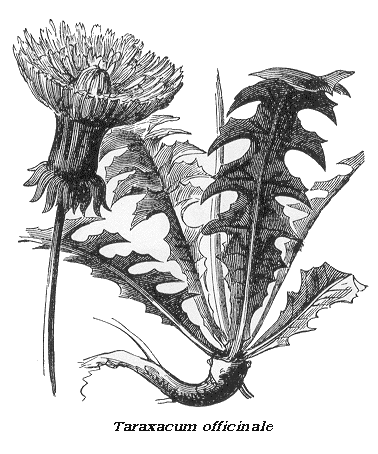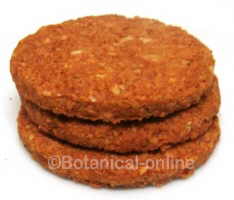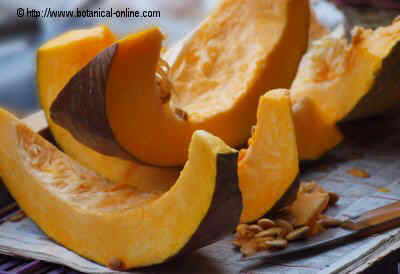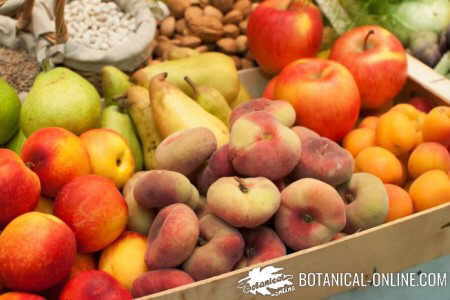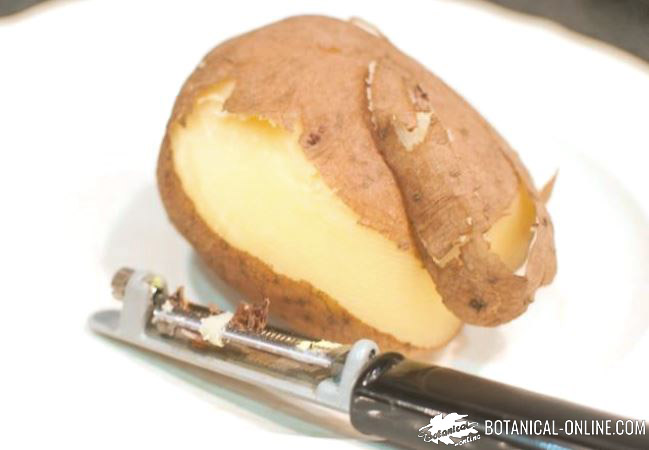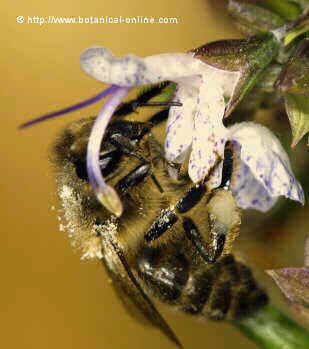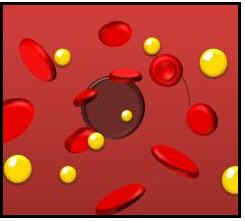Contents
CARAMBOLA AS A FRUIT
What is carambola?
Carambola , or starfruit is the fruit of carambola (Averrhoa carambola), a fruit tree native of Indonesia.
This fruit is a berry, 8 – 12cm. long, ellipsoid, with five longitudinal ribs or protrusions. The skin of the fruit is green, hard, waxy and shiny and it is colored bright yellow at maturity,
The yellow flesh is translucent and has few seeds inside. A carambola fruit can weigh between 100 and 200g.
Carambola has a slightly sweet and sour flavor, with a bitter touch.
When cut, the fruit has a star-shaped cross section.. This peculiarity has made it a popular fruit to decorate cocktails and desserts, and this is the reason why it has been called starfruit.
Where to buy carambola?
Carambola is available in specialized supermarkets, large markets, fresh Asian food stores and specialized shops in exotic and tropical fruits.
The appearance of the fruit should be firm, hard and bright yellow (green color indicates that the fruit is still immature). Sometimes, we can see brown spots on the edges of the fruit, something that must be considered normal.
Avoid buying very immature fruits, those that present too many stains or any damage ones by transport or by insects.
How to eat star fruit?
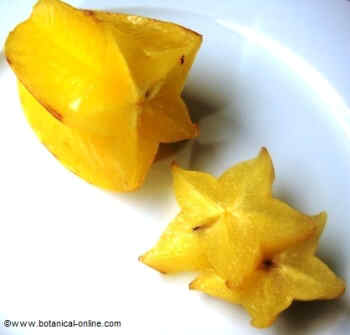 Photo of a sliced carambola or star fruit
Photo of a sliced carambola or star fruit
- Sliced: Carambola is sliced and served as an accompaniment in salads, desserts, sweets or decoration. It is not often consumed alone, as its flavor is not too sweet and sometimes, if not ripe on the tree, it is a bit tasteless.
- Desserts: carambola is primarily used to decorate cakes and fruit desserts, such as fruit kabobs, decorated desserts, fruit salads, sweet cream cakes, fruit jellies, sorbets, etc..
- Jams and syrups: due to the acidity of the fruit, this is often cooked with sugar for consumption. Jams and syrups are made with it, or added to delicious fruit compotes . Carambola jam is produced in Malaysia, with sugar and flavored with cloves. It an also be added to apple sauce.
- Syrup: in Asia, carambola syrups and tinned carambola products are very common. Carambola fruits are transversely cut and submerged in honey left overnight. Then, they are cooked with raisins, to have more flavor.
- With fish: in Asia this fruit is also often used to flavor seafood dishes. In Thai cooking, it is boiled with shrimps.
- Garnishes: This fruit can be squeezed and added to vinaigrettes, sauces or dressings. It provides vitamin C and a very characteristic sour and bitter touch. It can be used to dress salads, fruit salads and seafood.
Carambola nutritional value
- Carambola mainly provides a few carbohydrates, fiber, vitamin C and carotenoids.
- It contains fats and proteins in smaller proportions.
- It is rich in fumaric acid, succinic acid and tartaric acid. These acids are responsible for the antioxidant and flavor of the carambola.
- It is also one of the fruits with more oxalic acid content, what makes it contraindicated for people with gout, kidney stones or kidney disease.
- The characteristic aroma is given by some components called damascenones, also present in rose water.
| Main nutritional components of carambola per 100g. | |
Nutrient | Content |
| Calories (kcal.) | 33 |
| Carbohydrates (g.) | 7,83 |
| Proteins (g.) | 0,54 |
| Fats (g.) | 0,35 |
| Fiber (g.) | 2,70 |
| Vitamin C (mg.) | 21,20 |
| Sodium (mg.) | 2 |
| Potassium (mg.) | 163 |
Carambola properties
- Mild laxative: carambola is rich in soluble fiber, which smooths and softens the tissues of the body, in addition, it possesses organic acids that act as a mild laxative, regulating your intestines. The fruit is used to treat constipation.
- It stimulates the secretion of saliva: carambola is rich in malic acid, a component also present in apples, which have sialagogue effect (which stimulates the secretion of saliva). Traditional Chinese medicine uses it to improve dry mouth.
- Clean the mouth: carambola is rich in organic acids such as citric and malic acid with antibacterial properties. Eating star fruit at the end of a meal acts as a mouth scavenger helping to improve oral health.
- Hemostatic: this fruit has medicinal uses as a hemostatic, that is to say, it helps stop bleeding. So, it can be used for bleeding hemorrhoids . These properties are due to the high content of fruit oxalic acid, because it is one of the fruits with more oxalate.
- Aging : carambola is a fruit with great antioxidant potential. It provides vitamin C and carotenoids with antioxidant properties, but also its organic acids increase the antioxidant power of the other components present in this food (malic, tartaric and citric acids are synergistic antioxidants).
Add starfruit to your fruit desserts to increase the antioxidant power of other foods. Carambola is a highly recommended food in anti -aging diets.
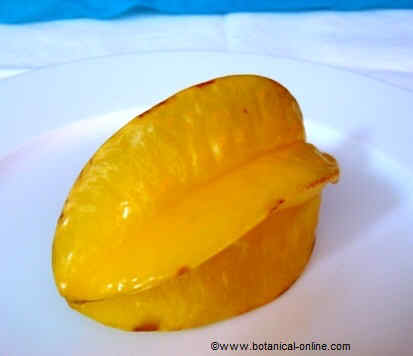 Carambola photo
Carambola photo
Contraindications of carambola or starfruit
Because carambola is high in oxalates, the fruit is totally contraindicated for people with gout, kidney disease, kidney failure or kidney stones. There have been cases of people with kidney problems who have suffered poisoning because they have ingested oxalates from carambola juice.
![]() More information about carambola.
More information about carambola.

